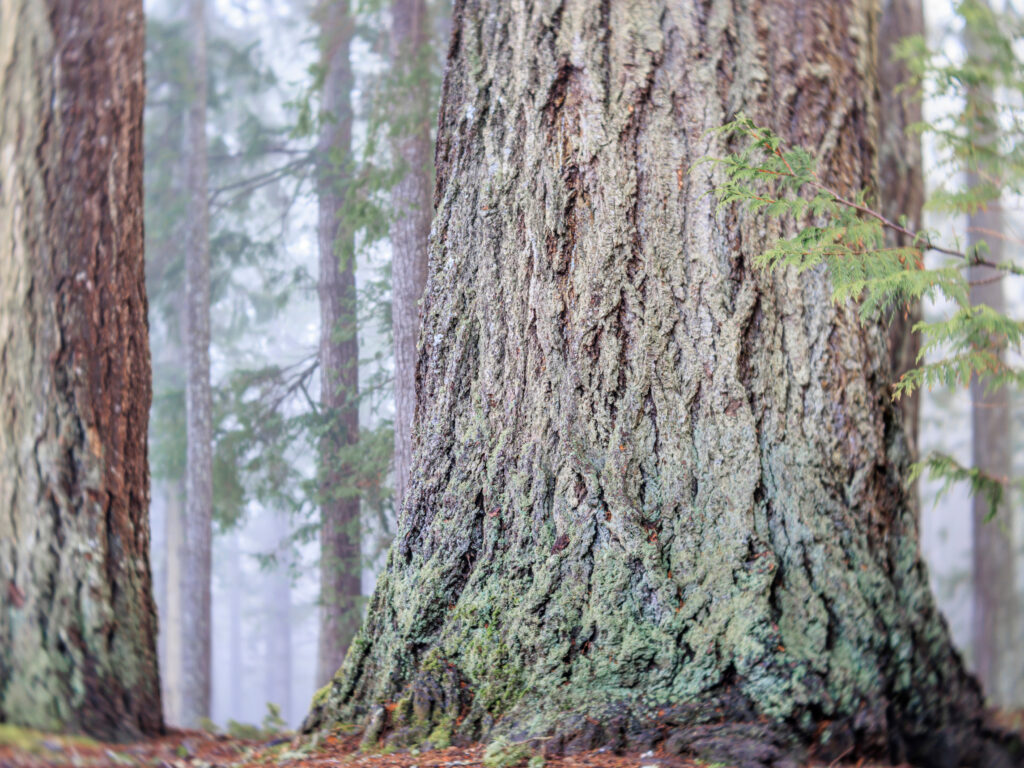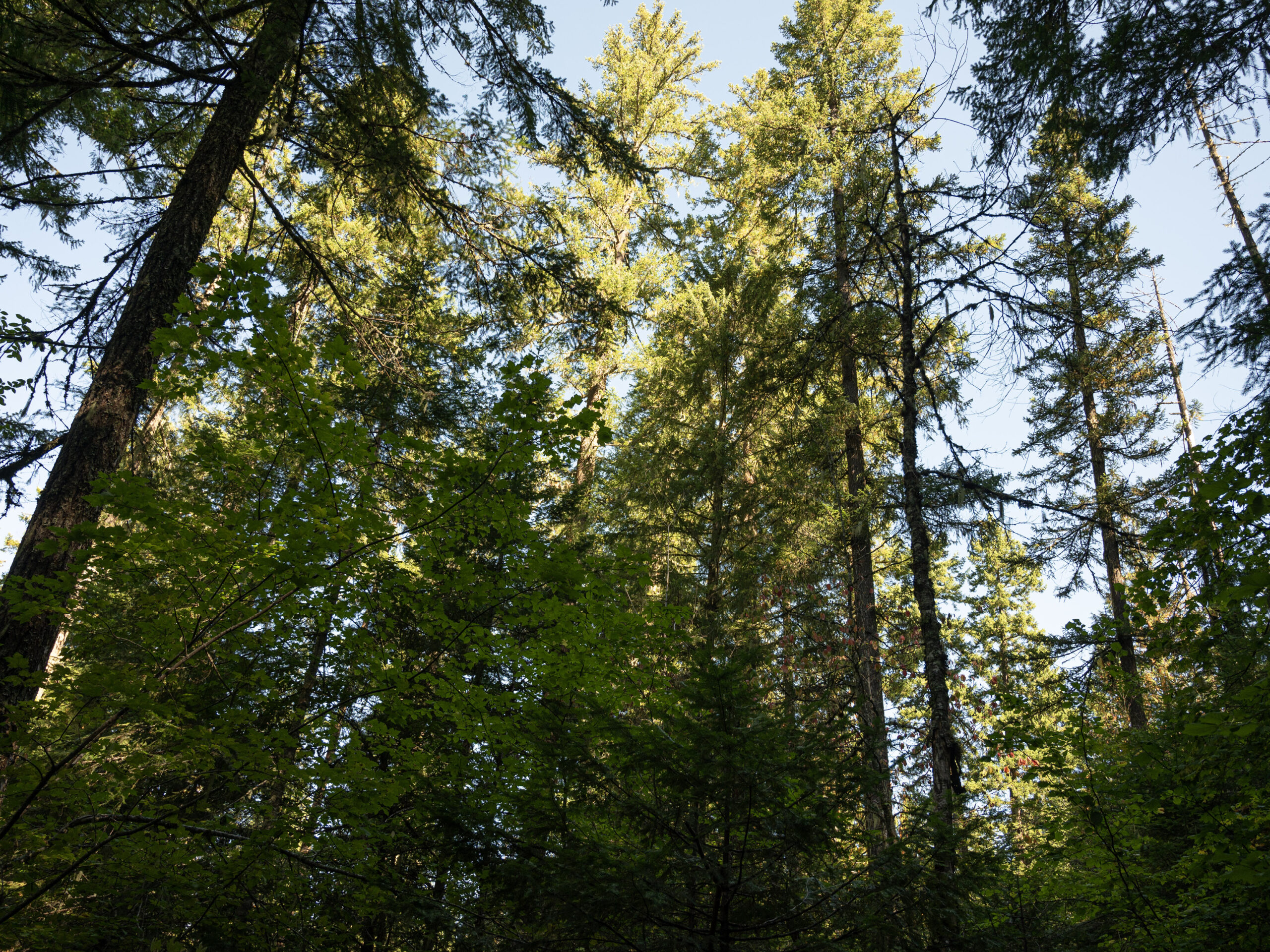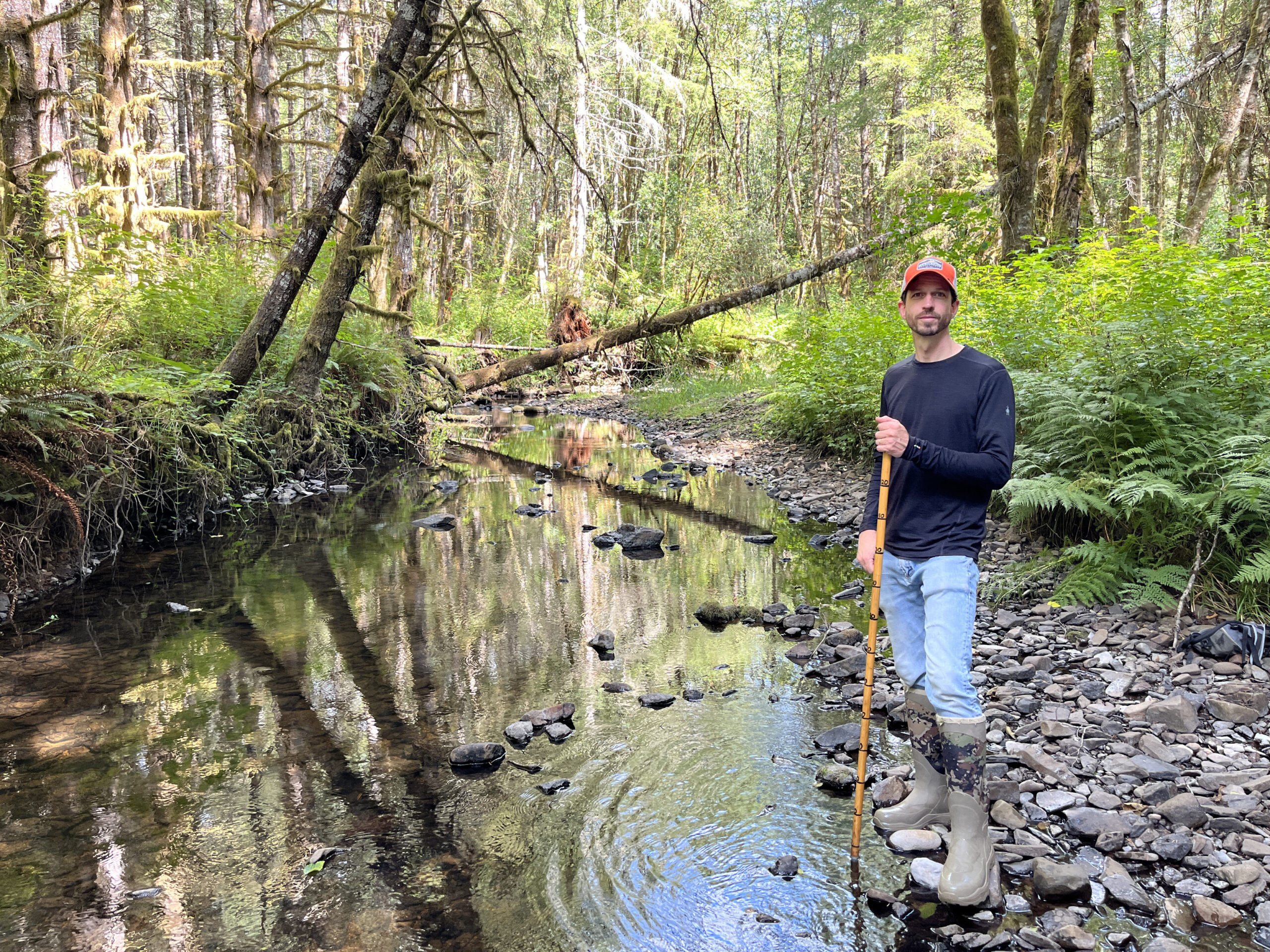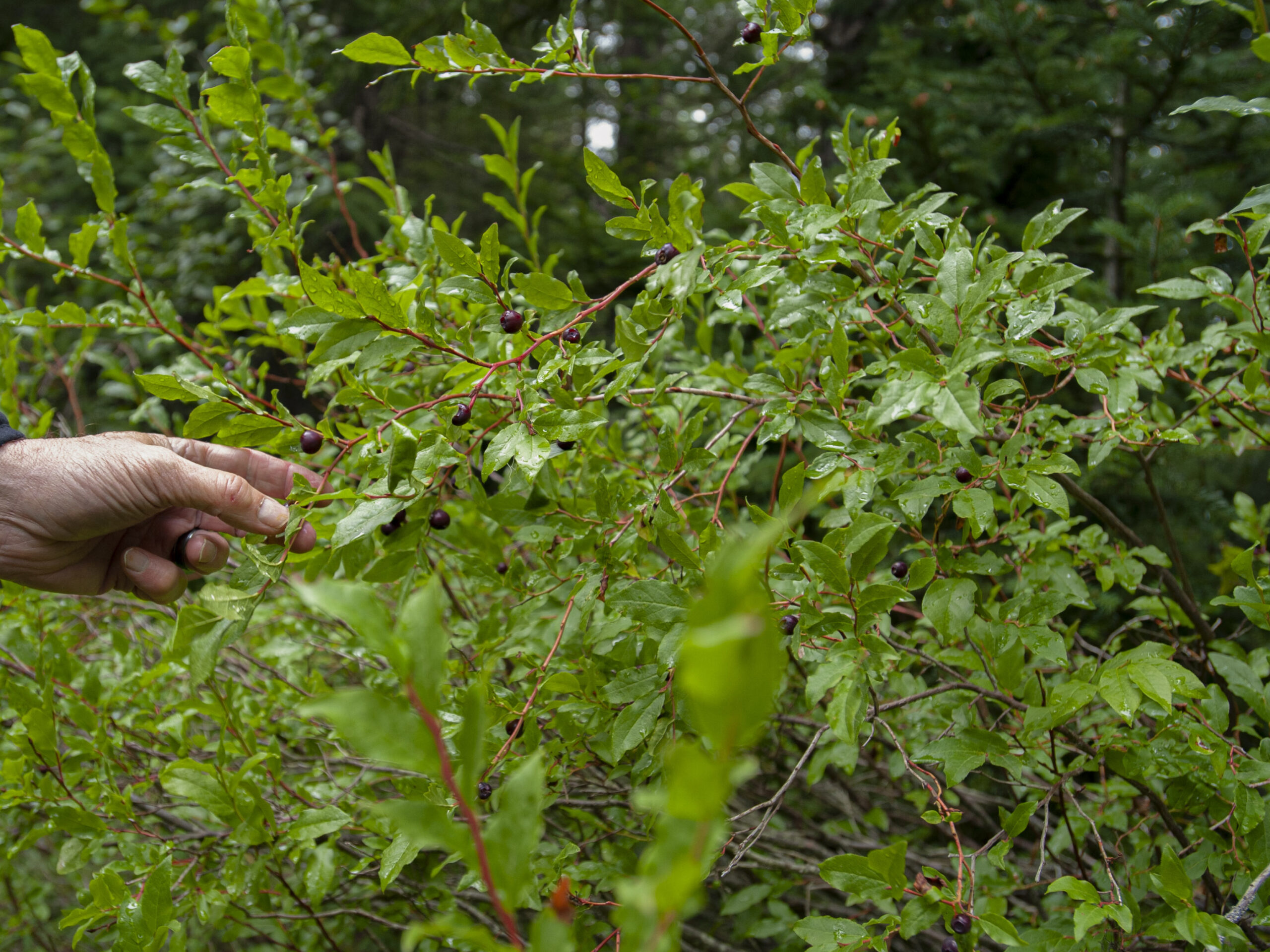A Historic Opportunity
The Biden Administration has taken several steps to combat climate change and advance environmental stewardship, including a number of steps to preserve the nation’s old-growth.
On Earth Day, 2022, the Administration issued an Executive Order (EO) directing federal agencies to create a consistent definition for old-growth forests that accounted for regional and ecological variation and to complete an inventory of mature and old-growth forests on federal land. The EO also required the agencies to assess threats to mature and old-growth forests and develop policies to address those identified threats. Since April 2022, the Administration has released the inventory data, conducted an assessment of threats for mature and old-growth forests, and solicited public input to start developing a plan to make old-growth forests across the country more resilient.
The Administration’s effort to develop a plan to make old-growth more resilient is now nearing its final steps. The Forest Service has put forward a Draft National Old-Growth Amendment, which would revise forest plans (management plans unique to each of the country’s 154 national forests) to “establish a consistent framework for old-growth forests across the National Forest System.”
What the Draft Amendment Gets Wrong
The Draft Amendment is presented as a plan for resilient old-growth forests across the country. Judged by its stated goals, the Draft Amendment does not meet those goals and could do more harm than good. A nationwide amendment to forest plans represents a once-in-a-generation opportunity to safeguard old-growth forests, slow climate change, protect wildlife, and improve the quality of aquatic ecosystems. We need people like you to join CFC in asking the Forest Service to address the numerous flaws in the Draft Amendment by the September 20th comment deadline.
While the Draft Amendment’s stated intention to make old-growth resilient sounds positive, the proposed plan fails to adequately protect existing old-growth or recruit new old-growth.
For example, the Draft Amendment doesn’t include any language addressing the alarming deficit of old-growth on national forest lands. The Forest Service acknowledges the outsized role old-growth forests play in sequestering atmospheric carbon and their importance in preserving biodiversity, but the plan does not consider or speak to the need to create more (and more connected) old-growth by preserving and enhancing existing mature forests (those on the brink of becoming the next generation of old-growth).
Additionally, the amendment focuses on proactive stewardship (thinning, prescribed fire, and other treatments) in all old-growth types. A focus on active management for all old-growth is problematic. While proactive management to reduce wildfire risk may be appropriate in some forest types it is certainly not needed or beneficial in all. In wet forests west of the Cascade crest, these proposed management strategies could do more harm than good.
The Draft Amendment also includes many inappropriate exceptions to the proposed standards—exceptions that could lead to meaningful losses of old-growth forests. Several of the exceptions are broad in scope. For example, an exception from the proactive stewardship requirement allows the Forest Service to ignore the stewardship standards for management in old-growth when “this standard is not relevant or beneficial to a particular forest or ecosystem type.” There is no explanation about what this means or what type of scenarios would fit, and without that explanation, it could be applied very broadly to exempt large portions of old-growth from the standards meant to protect them. While some ability to apply site-specific nuance is warranted, without parameters or explanation, this exception could easily become a large loophole.
How to Comment
Amending each of the nation’s forest plans to protect old-growth could be a historic accomplishment, but the Draft Amendment would fail to meet this goal as currently written.
Individuals, business interests, and organizations of all viewpoints and political persuasions are currently weighing in on the Draft Amendment. It is imperative that as many voices as possible speak in favor of new meaningful protections for old-growth and urge the agency to address the fundamental flaws currently undercutting the Draft Amendment’s stated intentions.
Take action today by submitting your comments electronically HERE by September 20th, 2024. Here are some talking points to help frame your comments.
- I support the Draft Amendments vision of a system of resilient old-growth. The current Draft Amendment would fail to achieve that vision.
- The Desired Conditions should include language about increasing the amount of old-growth forests across the National Forest System since there is a deficit of old-growth currently on the landscape.
- Currently the plan does not consider an alternative that would require conservation of mature forests, or a portion of mature forests. I believe the Final Environmental Impact Statement should include an alternative that looks at conserving at least some portion of existing mature forests.
- Proactive stewardship of all old-growth forest types is inappropriate. The amendment language should be changed to acknowledge that some old-growth forests, like those west of the cascades, should be passively managed. In other words, leave old-growth west of the cascade crest alone.
- The standards as currently written in the preferred alternative Standard 2c. allow for too many inappropriate exceptions that could lead to meaningful loss of old-growth forests. While exceptions for tribal use are appropriate, all of the others should be removed from the plan.
If you have any questions or need help, please reach out to us at info@cascadeforest.org.







